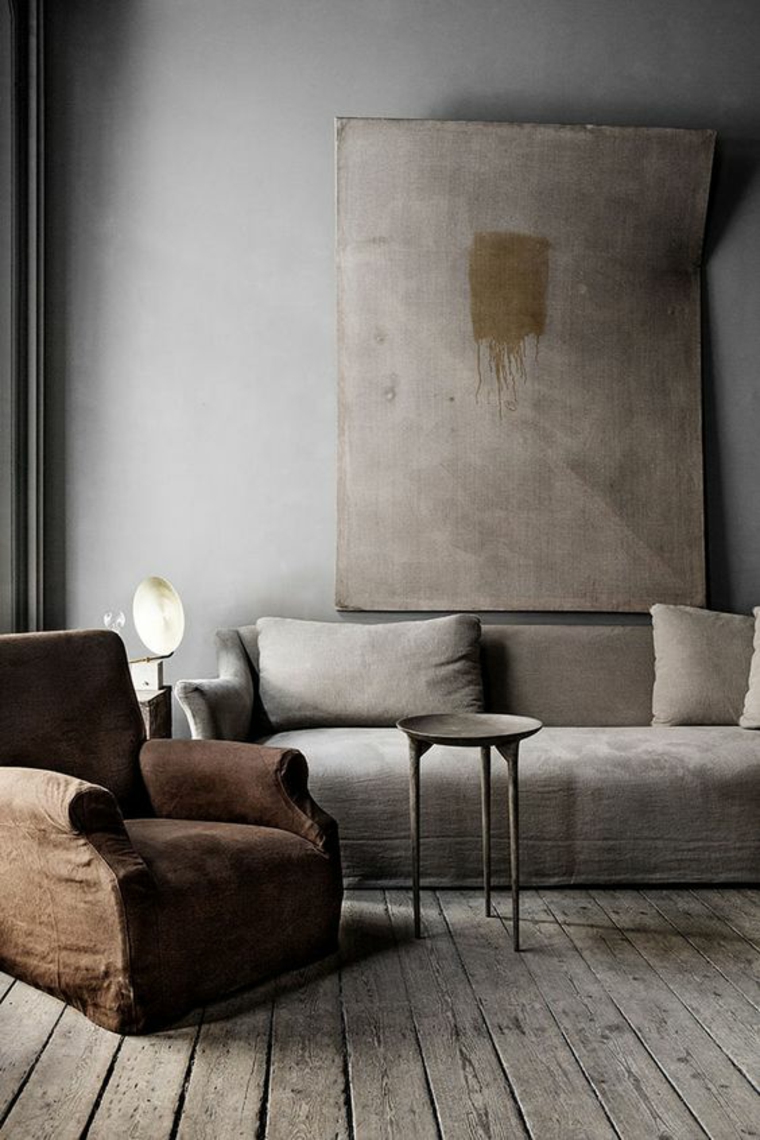

All the design elements do not follow any straight line or geometric shapes, but they instead imitate the natural landscapes. An example of symmetry in Chinese architecture, Hanshan Temple_wirestock An example of tokonoma_663highlandĪsymmetry is also embedded in those layouts of Japanese gardens. It is conventionally split into two areas with different widths where one side is used for kakejiku (hanging scroll) and ikebana (Japanese art of flower arrangement) while the other half is decorated with chigai dana (split-level shelves) (Fuji).

An elemental example of asymmetry in Wabi – Sabi architecture is tokonoma, an alcove built in a corner of a Japanese guest room for the purpose of artistic displays. In fact, it reflects freedom and an unpredictable state of living. That does not mean to say asymmetry is any form of chaos. One of the key characteristics of Wabi – Sabi is the imperfection in the law of nature which contrasts with the strict order of symmetry. Traditional Chinese architecture highlights the use of symmetry and balance (Jian, 2021). Wabi – Sabi architecture embraces asymmetry in space planning even though Japanese architecture in general and design philosophy of Zen Buddhism specifically was very much influenced by China.

Painted portrait of tea master Sen no Rikyu by Hasegawa Tohaku_Omotesenke Fushin’an Foundation Asymmetry


 0 kommentar(er)
0 kommentar(er)
